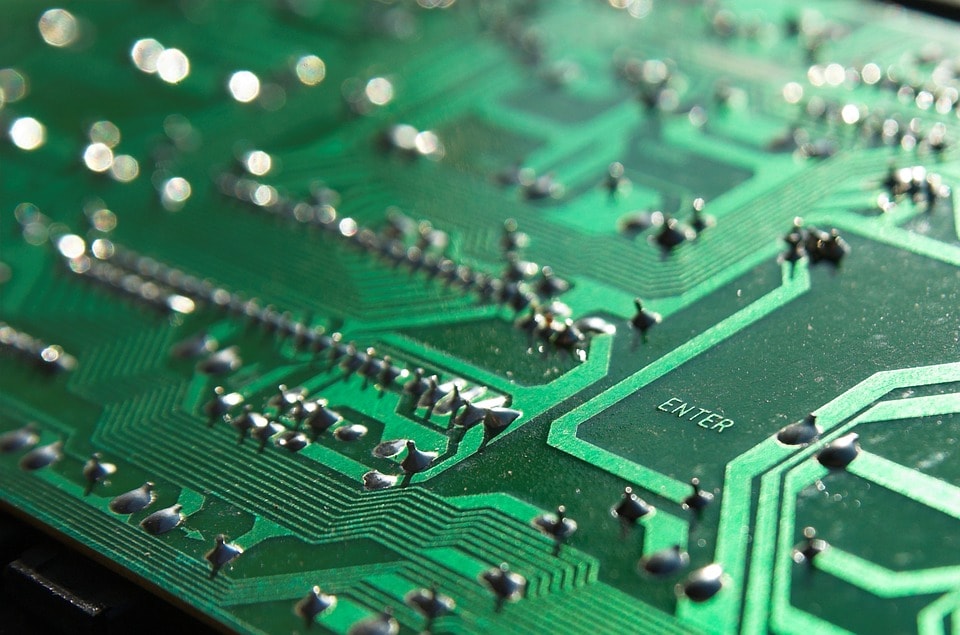It’s not uncommon to get questions about the different IPC class assembly inspection standards when it comes to PCB assembly. Most often, the first question is regarding the difference between the assembly processes of IPC Class 2 and Class 3. Today’s blog will cover this topic and help shed some light on this vital topic. Learn more about the classifications below.
Class 2 and Class 3 Standards
These are quality standards established by IPC-A-610 that were created to better define the rules for building electronic assemblies. These standards cover the acceptable criteria for a variety of factors. The measures include the build criteria for component placement tolerance, heel fillets, solder joints, and other items that go into building the assembly.
It may seem like we’re skipping over Class 1. While there is a set of standards for Class 1, it’s rarely requested, and often, even if it’s requested, Class 2 would probably be used instead.
The default standard for most electronic circuit card assemblies is a Class 2 unless the documentation for production states otherwise. Class 3 requires a more rigid standard of workmanship compared to Class 2 and is often used for products that have requirements demanding the highest order of functioning. Examples would be products used in aerospace or the medical field.
Significant Differences Between Class 2 and Class 3
The key to the major differences between these classes has to do with the quality and rigors that they can stand up to when put in use. Often this has to do with several factors. For one, there are the cleanliness requirements when it comes to any residual contaminants. The placement for surface-mount components is another factor. Also, the thickness in the plating for both the surface of the PCB and the through-hole.
What Class Does My Product Require?
Often, the very next question that comes after learning about the different classes is about knowing what classification does your product require. The IPC standards typically allow the original equipment manufacturer to determine the class for the production specs. Still, they do offer some definitions to help guide you towards the best class.
Class 2 – Dedicated Service Electronic Products
This class includes any products with requirements for extended life and continual performance, but uninterrupted service is not critical. Uninterrupted service may be wanted, but it’s not crucial. Meaning that failures wouldn’t be caused by the end-use environment.
Class 3 – High-Performance Electronic Products
This class includes products that require performance on demand and continued high performance. There is no tolerance for any equipment downtime. The failure that would come from an end-use environment would be very problematic. These products have to function when needed as they are used in critical systems, such as life support.
Inspection Differences Class 2 and Class 3
Keeping these definitions in mind, there are some inspection differences found that keep some boards in one class. For instance, during assembly, if the surface-mount components aren’t placed precisely on the pad, it’s considered a visual defect. It doesn’t often affect the mechanical and electrical performance of the circuit board. Thanks to that, it’s not a problem for a Class 2 circuit board. However, a Class 3 circuit board is held to a higher standard. There are no imperfections or assembly missteps allowed. Therefore, in this case, the circuit board would fail inspection for a Class 3.
There is a difference between Class 2 and Class 3 when it comes to the amount of barrel fill that’s used in the through-hole leads. Class 2 has a requirement of 50% compared to the 75% that’s required for a Class 3. It’s a delicate process to get the proper amount of paste into the smaller plated through-holes.
Other Considerations
There are a few more considerations beyond those already discussed to help you decide which class you should use. One is the cost. Class 3 circuit boards have a higher price tag compared to Class 2. The difference may not be very much depending on your build needs, but it can go as high as 15% more or up. Typically, the cost is often tied into having a large amount of through-hole technology on the circuit boards.
Have more questions regarding your particular needs for your PCB manufacturing project? Contact our professionals today as we can help you to make the best decision for your products.


